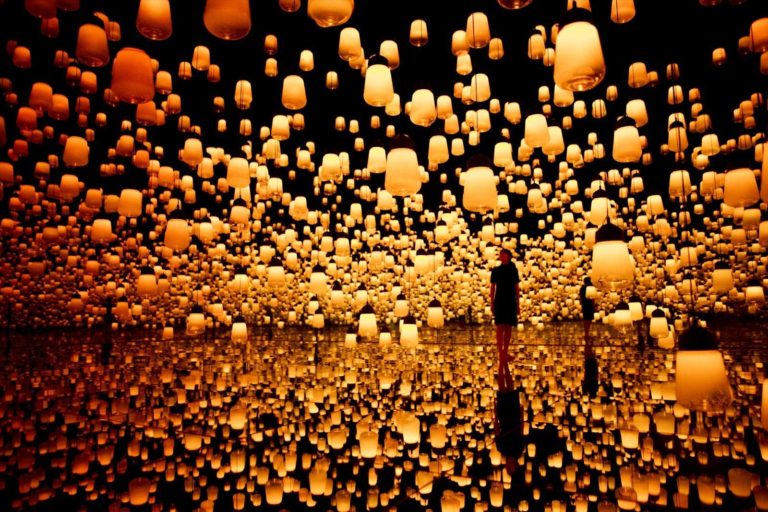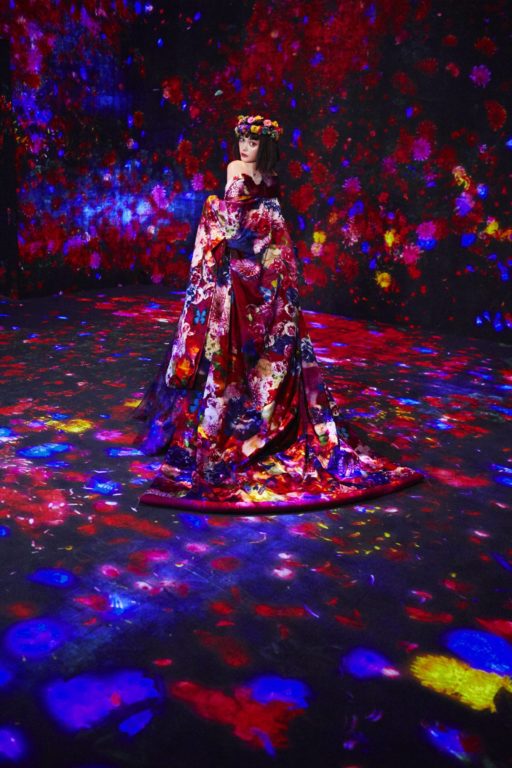Visitors to Japan can now experience a museum unlike almost any other in the world: the Mori Building Digital Art Museum offers guests an immersive digital art journey, the first museum to ever do so.
Mori Building Digital Art Museum at Aomi Station in Tokyo is based on the idea of making art and the viewer’s involvement with it a bodiless adventure where those taking in creative pieces can wander, explore and discover. This unique art experience was created by teamLab Borderless.
Art-lovers almost become a part of the various installations that completely surround them, from waterfalls to celestial lights.
Packed into 10,000m² on two dark-walled levels, the space is home to five ‘worlds’ and 50 artworks displayed by a complex network of 520 computers and 470 high-tech projectors.

The digital works are dynamic and offer each visitor a different view to the one before, a refreshing approach to art that is not often seen.
An upstairs space called the ‘Athletics Forest’ is dedicated to children and is a 3D haven which has been created to help stimulate and promote the growth of the brain’s hippocampus.
In November 2018, the museum officially reached one-million visitors and collaborated with photographer Mika Ninagawa to do a photo exhibition with a total of 21 works on display. The ‘borderless’ appearance of the museum’s interiors produced amazingly surreal photographic works.

The museum is open from 10am to 7pm on weekdays and 10am to 9pm on Saturdays, Sundays and holidays.
The ‘en tea house’ opens an hour after the museum and visitors can enjoy a meal or drink here.
An adult ticket will cost you 3200 Japanese Yen ( roughly R405). Tickets for disabled persons cost about R202 each and tickets for children cost about R126 each.
Pictures: borderless.teamlab.art
You may also like
Related Posts
Driving over the Berg River on Carinus Bridge, you’d probably dismiss Velddrif as just another...
read more
The tips of our fingers tell the story of who we are. Those faint undulating...
read more
Many parents across the world have opted out of traditional governmental and even private schooling...
read more